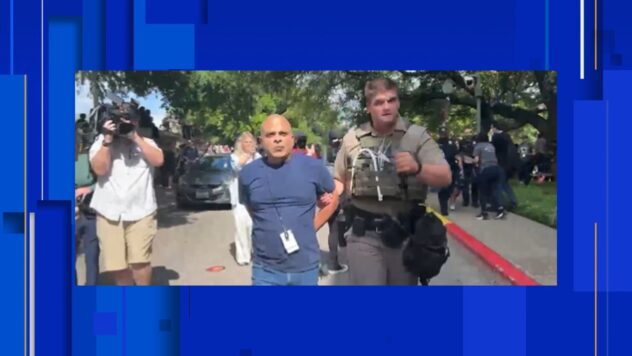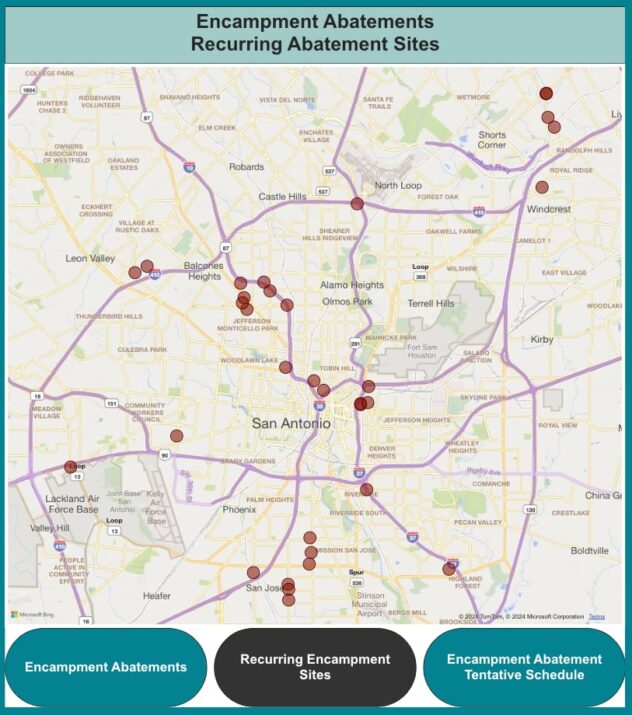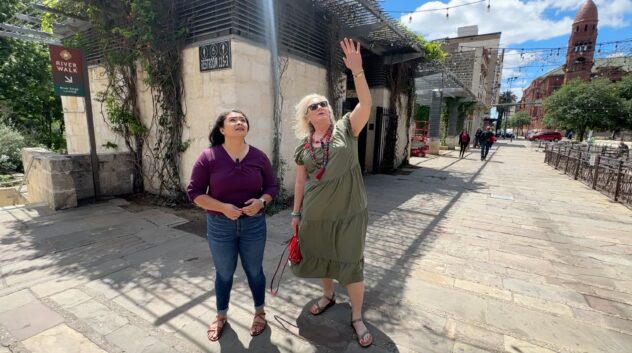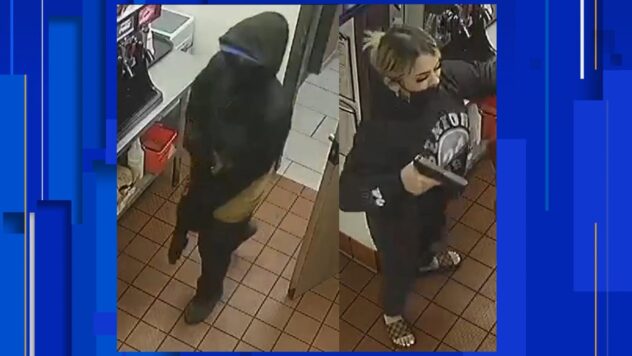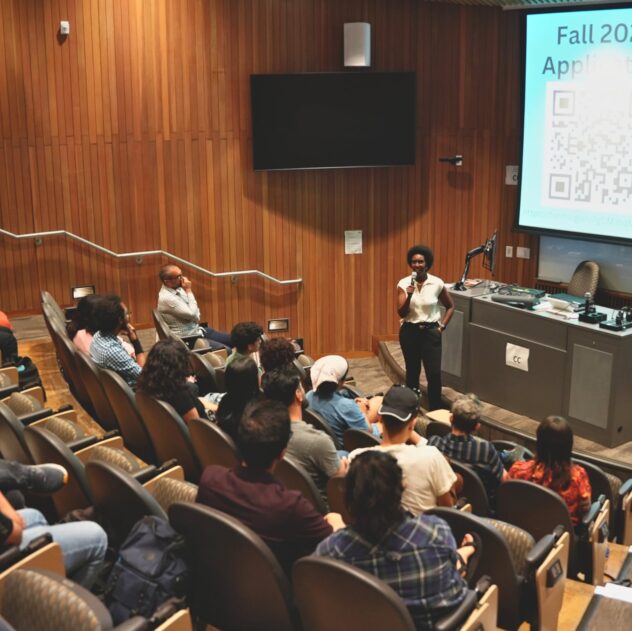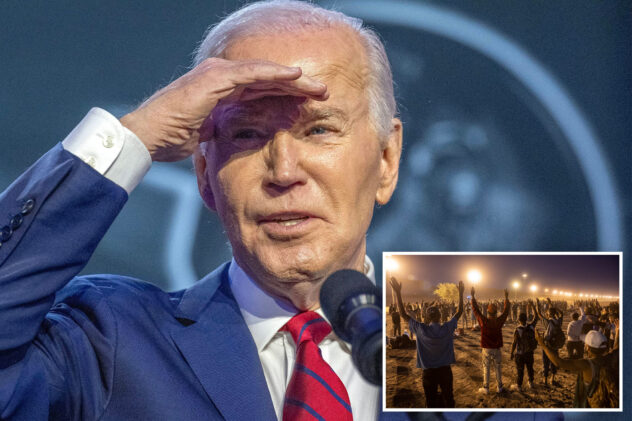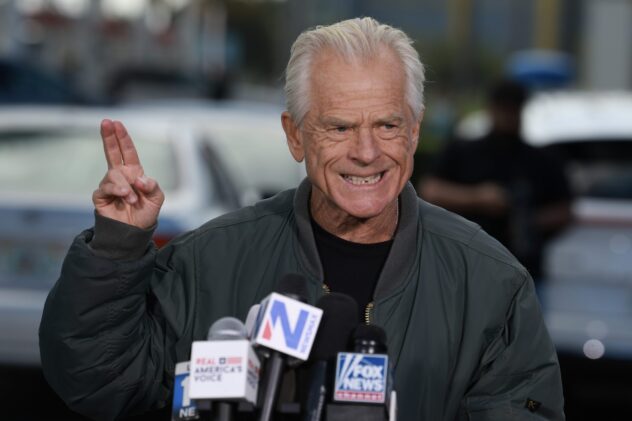Six years after Texas hot air balloon tragedy, new federal rules for their pilots go into effect
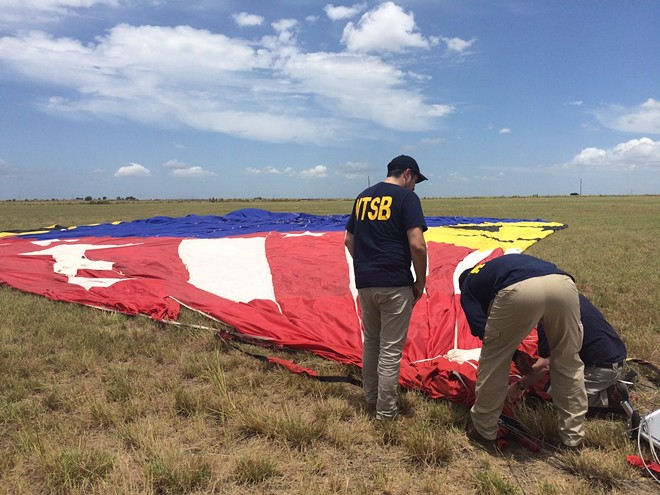
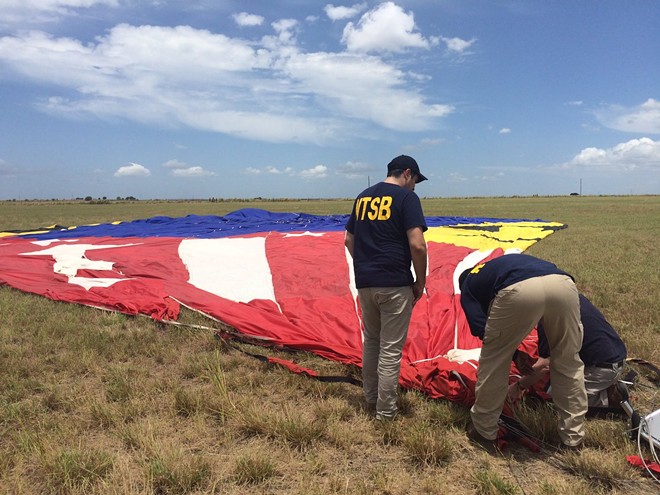
National Transportation Safety Board
National Transportation Safety Board investigators conduct work at the fatal hot-air balloon crash that killed 16 people in Lockhart, Texas in 2016.
The Federal Aviation Administration this month adopted a final rule requiring commercial hot-air balloon pilots to hold medical certificates if they fly paying passengers.
The rule goes into effect six years after 16 people died in a tragic balloon crash near Lockhart, Texas that grabbed national headlines.
The rule mandates that commercial hot-air balloon pilots hold a second-class medical certificate — the same standard required for other commercial pilots. U.S. Representative Lloyd Doggett, D-Austin, authored the law in response to the Lockhart incident, in which a pilot flying under the influence hit a power line.
The Texas Legislature passed similar requirements in 2018, but it’s only now that the FAA is implementing them on a federal level.
The crash was the deadliest hot-air balloon accident in U.S. history, USA Today reported in 2016. Six of the 16 victims of the crash were from San Antonio. Among the victims were Brian and Tressie Neill, who were celebrating their wedding anniversary. Brian Neill sent his brother a mid-flight photo and asked, “Can you see our reflection in the clouds?” shortly before the crash, according to a family crowdfunding page.
In a final accident report filed in 2017, the National Transportation Safety Board determined that the pilot had been diagnosed with attention deficit hyperactivity disorder, known to cause cognitive deficits that could have affected the flight. Had that fact been properly reviewed by the FAA, the report suggests, an aviation medical examiner likely would have rejected his medical certificate.
The federal agency also noted a lack of FAA oversight as a possible cause of the crash.
“The FAA did not detect the pilot’s history of drug and alcohol convictions for over 20 years,” the report said. “The FAA also did not identify the pilot’s failure to properly report his history of offenses on his 1996 application for a third-class medical certificate, and, because the pilot was not required to obtain a medical certificate as a commercial balloon pilot, the FAA did not have further opportunities to identify his convictions via the medical certification process.”
Follow us: Google News | NewsBreak | Instagram | Facebook | Twitter

